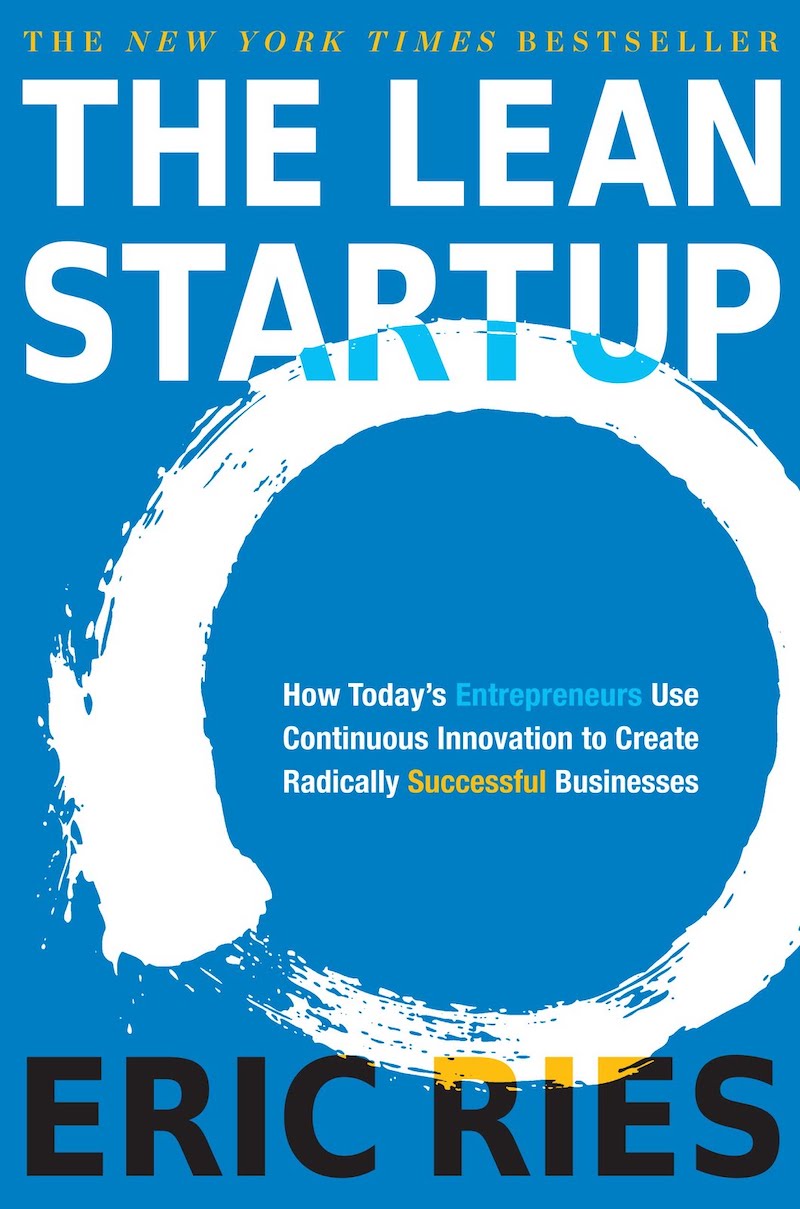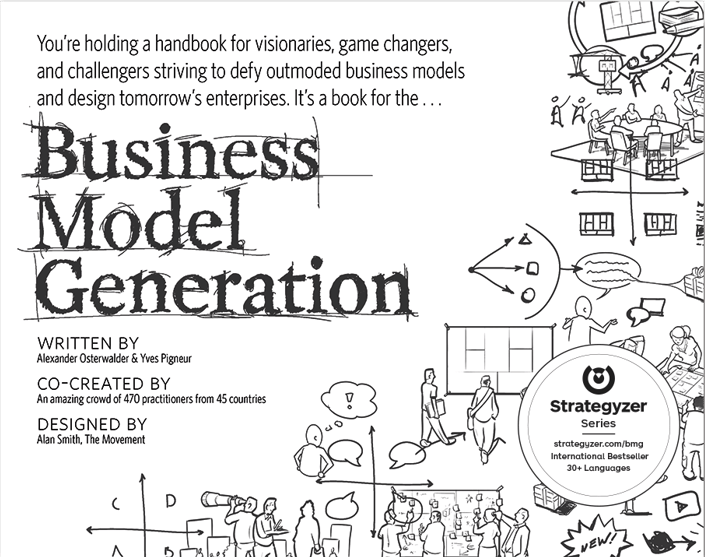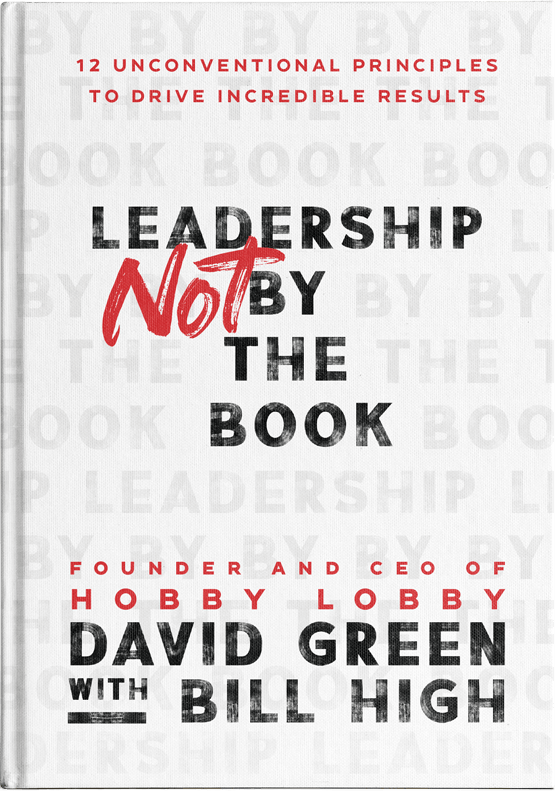Book Brief: Wireless Nation
For the next stop on my summertime tour of “classic” books that I haven’t yet reviewed, I’ve taken a look at Wireless Nation by James Murray, Jr. Maybe you don’t consider this book a classic, but it is one of my all-time favorites.
When I was still in college, my dad introduced me to a company that he had made a small investment in. They were acquiring wireless spectrum and contracted me to do some computer programming to model the reach of wireless signals using that spectrum. It was a small project that provided some pizza money. I did what they asked for, hopefully with high quality, but otherwise didn’t think much about it. Little did I know at the time that much of my career would be in telecom and specifically in wireless.
When I graduated college, wireless was still a relatively insignificant part of the telecom industry, so that experience wouldn’t become relevant to me until more than 15 years later when I joined Sprint. I picked up this book to better understand the wireless industry I was joining. It was fascinating to travel back in time to the mid-1980s and realize how crazy and formative those days had been in the industry that I had slightly touched through my IBM-PC keyboard in my college apartment.
Wireless Nation is one of my two favorite books about the history of digital technology (the other being Nerds 2.0.1 about the birth of the Internet). Both books tell the stories of those crazy people that saw a future that didn’t yet exist, ignored the nay-sayers, and made the future a reality. The stories are great stories — filled with heroes and villains and anti-heroes, and tracing the narrative arc from the “call to adventure” to a series of challenges and temptations to finally resolving those challenges, resisting those temptations, and ultimately gaining the reward. What makes these books so fascinating is the before and after picture they paint and even to consider how different the “after-after” (today’s world) is from the world described as “modern” when the books were published.
Can you remember a world before cellphones? That almost seems like an ancient world seen only in black and white photos, and yet for many of us, it was in our lifetime. This year the wireless industry celebrated the 50th anniversary of the first cellphone call ever placed (by Motorola’s Martin Cooper). But it was another 10 years before the technology was available as a commercial service (the first commercial cellphone call was 40 years ago this October). I can remember 1983. Can you?
What’s equally amazing is to think of what has changed since Wireless Nation was published in 2001. In 2001 there were six wireless carriers with at least 4% market share: Cingular (34%), Verizon (20%), Sprint (11%), Nextel (9%), ALLTEL (5%) and T-Mobile (4%). Today, of those only Verizon and T-Mobile still exist (ALLTEL is part of Verizon, Sprint and Nextel are part of T-Mobile and Cingular became AT&T). In 2001, the leading “smartphone” was the Nokia 9210. (For those that remember the Handspring Treo, it would come in 2002). Apple was still a computer company and Google was still a search company. There weren’t any social networks, unless you count America Online. (MySpace was launched in 2003.) In 2001, only 55% of the adult population even owned a cellphone and on average, the phone was only used about 5 hours per month (all voice). Many people today use their phones that much each day. How the world has changed!
Wireless Nation tells the industry’s fascinating story from inception to 2001 by colorfully telling the stories of the individuals who were part of it. Some of these people you may have heard of (e.g. Craig McCaw). Many of them I had never heard of before reading the book. It was the wild west frontier days of an industry that has become central to our lives and Murray does an excellent job painting the picture of heroes, villains, and (mostly) anti-heroes and making this time come alive in our own minds.
I strongly recommend it to anyone interested in the history of technology or business, or who simply wants to better understand how today’s wireless industry came to be.
Book Brief: Wireless Nation Read More »





